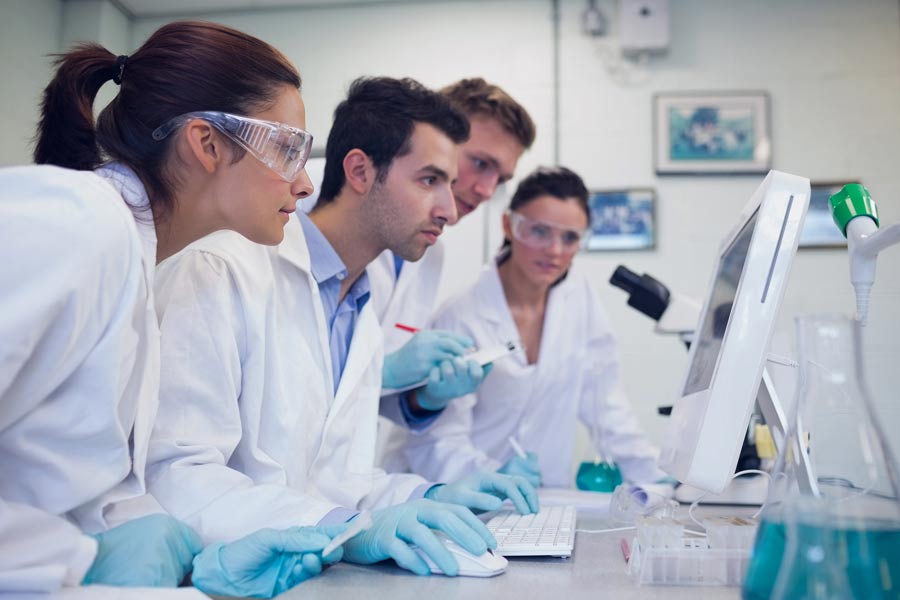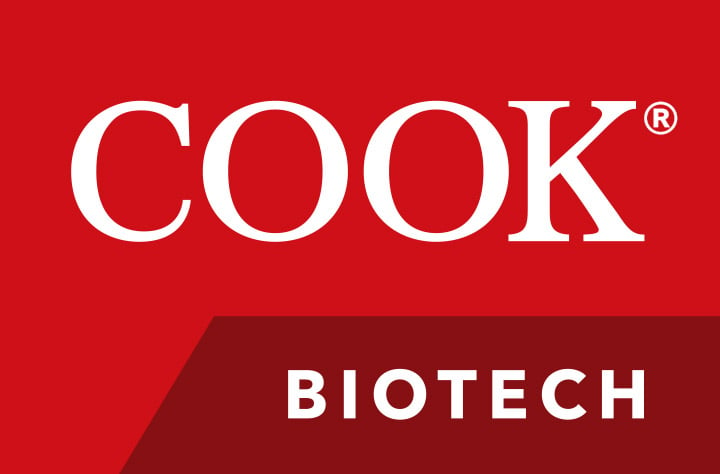
First-in-man study demonstrates that bioscaffold therapy may offer a new frontier to optimize surgical revascularization for patients with coronary heart disease.
Cardiac tissue repair after myocardial injury is challenging and can be limited by scar tissue formation.
A study performed at the University of Calgary, Alberta, Canada, and published in June 2020 in Scientific Reports by Svystonyuk et al. demonstrated that acellular bioscaffolds from porcine small intestinal submucosa extracellular matrix (SIS) can be used to support cardiac repair during surgical revascularization in patients with coronary heart disease.1
A first-in-man observational cohort study in 8 patients receiving SIS therapy as an adjunct to coronary artery bypass grafting (CABG) within 4 weeks after ischemic injury was performed. Clinical follow-up on 2 patients 6 weeks and 6 months after surgery using serial MRI was reported.
Imaging demonstrated significant increase in cardiac function and significant decrease in scar tissue mass. Infarcted areas treated with the SIS therapy with CABG repair had more blood profusion to the tissue compared to areas treated with CABG repair alone. No SIS-related complications or adverse events were observed.
While the study was small, the authors concluded that “bioscaffold therapy as an adjunct to coronary bypass surgery may offer a new frontier to optimize surgical revascularization for patients with coronary heart disease.”
1 Svystonyuk DA, Mewhort HEM, Hassanabad AF, et al. Acellular bioscaffolds redirect cardiac fibroblasts and promote functional tissue repair in rodents and humans with myocardial injury. Sci Rep. 2020;10:9459. https://doi.org/10.1038/s41598-020-66327-9.
